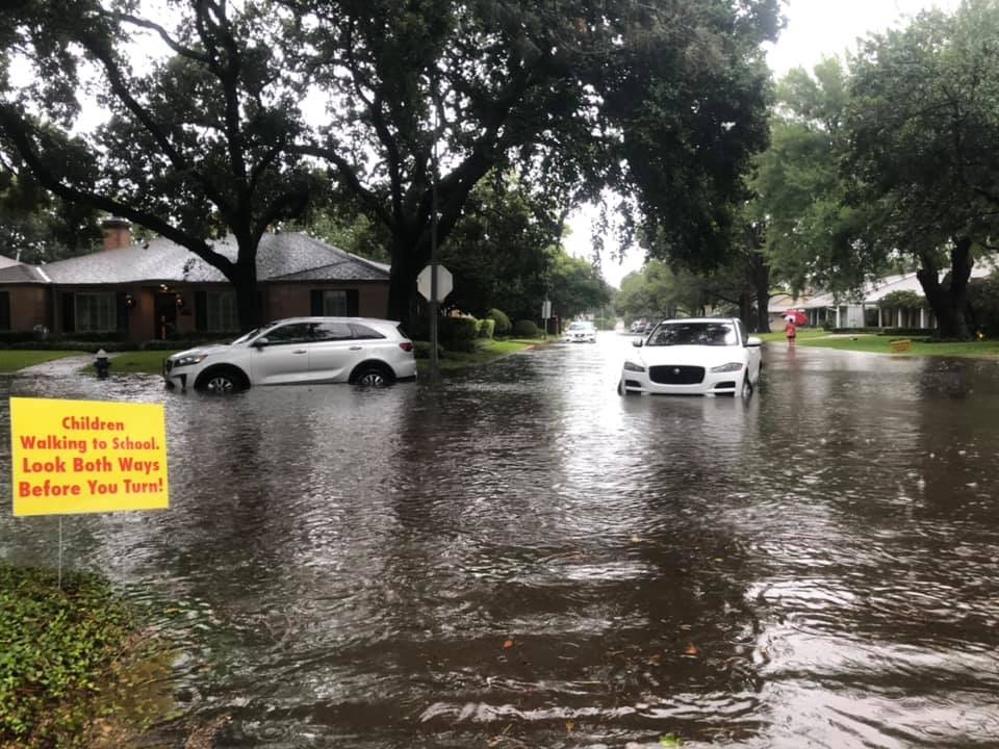Flood projects move closer to funding Posted on November 17, 2020

Flood projects around the state eligible for funding through the Flood Infrastructure Fund (FIF) are one step closer to becoming a reality. Invited project sponsors are currently submitting complete project applications to the Texas Water Development Board (TWDB). These applications represent the first-ever requests for FIF assistance to help Texas communities finance drainage and flood mitigation and control projects.
The full applications follow the abridged application process, during which more than 280 abridged applications were submitted requesting more than $2.3 billion in financial assistance.
In total, the Board has approved $770 million in funding for structural and nonstructural flood projects. Of that $770 million, $231 million (30 percent) is allocated to grants and $539 million (70 percent) is allocated to loans with a zero percent interest rate.
TWDB Chairman Peter Lake said flooding impacts all of our state and this program is one of the biggest steps the State has taken toward flood mitigation. “Many Texans across the state have been affected by flooding, and the Texas Water Development Board is proud to be deploying the financial resources needed to mitigate future flood events and help keep Texans safe.”
As of November 5, 2020, the TWDB had received 125 applications from cities, counties, water districts, and other political subdivisions. The TWDB’s next deadline for full applications is November 23.
“We are moving full steam ahead. Right now, the agency is reviewing complete project applications and the Board will make financial assistance commitments through the winter,” said Lake. “Once implemented, these projects will have immensely positive impacts in communities across the state.”
FIF project applications have been received from all areas of the state for projects of all sizes, including applications for drainage improvements, flood protection planning studies, floodplain mapping projects, early warning systems, stream gage networks, watershed studies, and more.
“The causes and effects of flooding vary from region to region, so there is no single ‘silver bullet’ solution to mitigate floods,” said Lake. “It is critical that we support Texas communities as they plan for and mitigate future risks based on their unique needs and circumstances.”
The Board will consider approving financial assistance commitments at public meetings in the coming months.
“Financial assistance through the Flood Infrastructure Fund will not only help communities with flood planning and project implementation; it will also enable them to establish much needed resiliency for future storms,” said Lake. “While we can’t avoid natural disasters like flood, we can mitigate the damage they do to people and property.”
This article is posted in Flood / Financial Assistance .